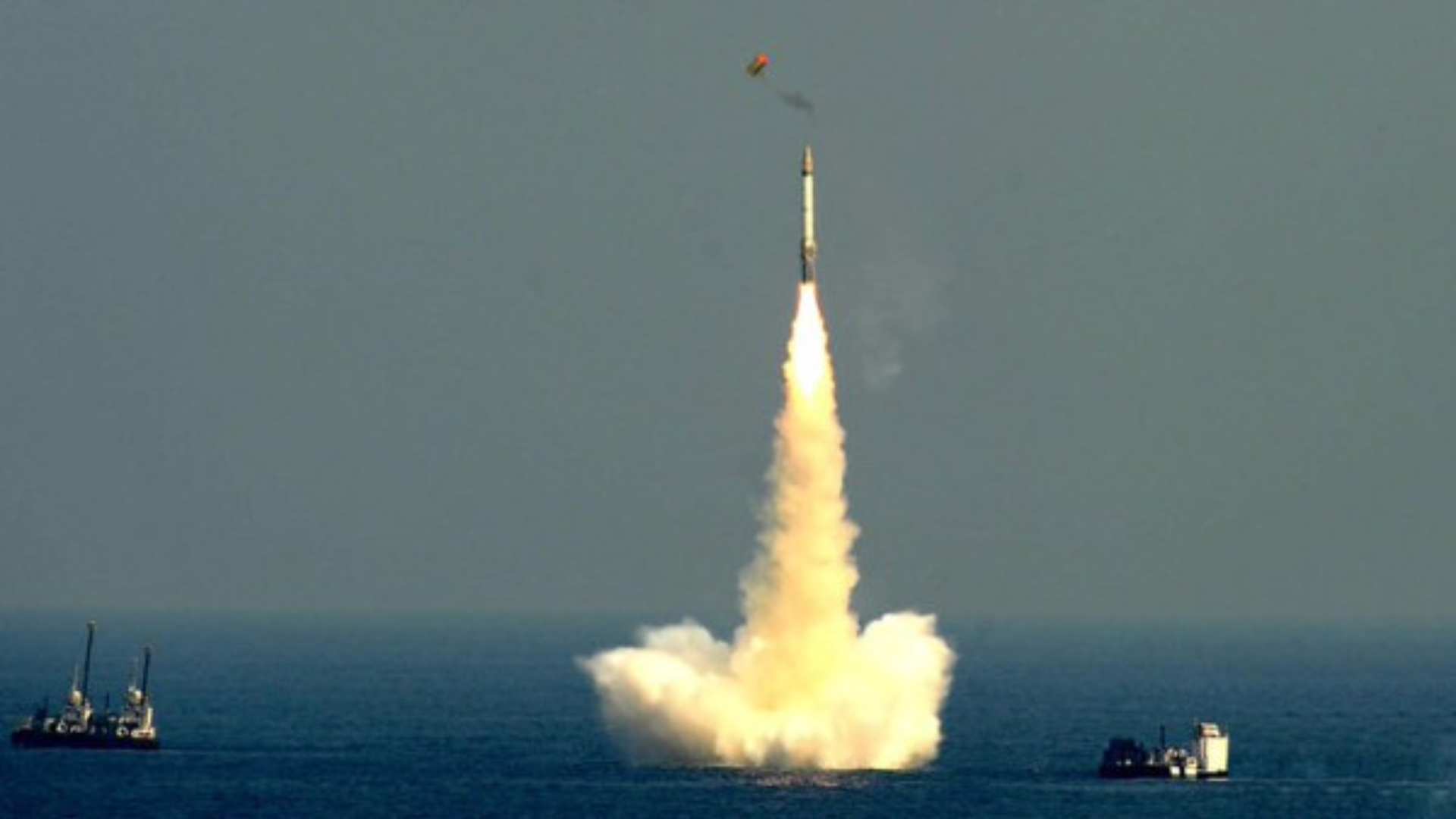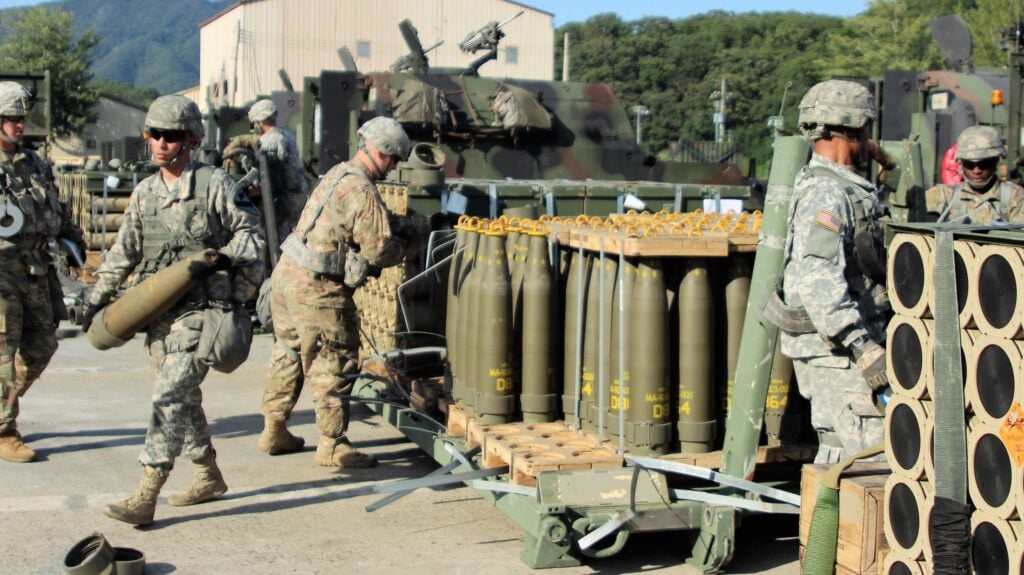(339) 03-16-2024-to-03-22-2024__****THE****WINDS****of****WAR****
(340) 03-23-2024-to-03-29-2024__****THE****WINDS****of****WAR****
(341) 03-30-2024-to-04-05-2024__****THE****WINDS****of****WAR****
-----------------------------------------------------------------------------------------
jward
passin' thru
Mario Nawfal@MarioNawfal
TEXAS GOV. ABBOTT WARNS WAR AT THE BORDER COMING “REALLY SOON”
WAR - 03-30-2024-to-04-05-2024__****THE****WINDS****of****WAR****
(338) 03-09-2024-to-03-15-2024__****THE****WINDS****of****WAR**** (339) 03-16-2024-to-03-22-2024__****THE****WINDS****of****WAR**** (340) 03-23-2024-to-03-29-2024__****THE****WINDS****of****WAR****...
-------------------------------------------------------------
Posted for fair use......
Under Biden Administration, Iran's Mullahs Enjoying Green Light to Go Nuclear
The prospect of the world's "leading sponsor of state terrorism" armed with nuclear weapons demands serious and immediate action.MAJID RAFIZADEH
April 6, 2024
4 MINUTES READ
The ascent of Iran's nuclear program under the watch of the Biden administration stands as a grim illustration of its failure and inadequacy. Iran's mullahs appear to have been tacitly handed an alarming green light to pursue their nuclear ambitions with impunity. The bleak reality is that time is rapidly running out for concerted action to stop Iran's march towards acquiring nuclear weapons capability. The Biden administration's response, however, has been marked by silence, massive funding of Iran and a conspicuous absence of intervention.
The latest reports from the International Atomic Energy Agency (IAEA) paint a chilling picture of Iran's unchecked nuclear advancement. Despite mounting concerns worldwide, Tehran has brazenly obstructed IAEA inspectors, thereby thwarting any meaningful oversight of its nuclear facilities. The agency's quarterly report underscores Iran's nightmarish progress, which include stockpiles of enriched uranium surging to levels of up to 84% purity, perilously close to the coveted weapons-grade threshold of 90%.
According to the latest data from the IAEA, Iran potentially possesses sufficient material to construct many atomic bombs. With each passing day, Iran edges closer to possessing the capability to produce nuclear weapons on a scale that could destabilize not just the region, but beyond.
Rafael Grossi, director general of the IAEA, has sounded the alarm over the loss of vital intelligence regarding Iran's centrifuges:
The Agency has lost continuity of knowledge in relation to [the Iranian regime's] production and inventory of centrifuges, rotors and bellows, heavy water and uranium ore concentrate.
The opacity surrounding Iran's nuclear program leaves the international community vulnerable and in the dark.
According to the Institute for Science and International Security, a long-standing observer of Iran's nuclear endeavors, the country possesses the capability to enrich uranium for the production of up to 13 nuclear weapons, with the potential for seven more to be manufactured within the initial month of a breakout. The Institute adds that recent findings indicate a disquieting escalation; they note that Iran's capacity for producing weapons-grade uranium has increased both in volume and speed just since the last IAEA report in November 2023, not even half a year ago.
The Institute also underscores that Iran's combined reserves of enriched uranium and centrifuge infrastructure are substantial enough to yield the equivalent of 25 kilograms of weapons-grade uranium, enabling the production of seven nuclear weapons within one month, nine within two months, eleven within three months, and ultimately reaching a maximum of 12-13 within four-to-five months.
Despite the glaring imperative for the robust enforcement of economic sanctions to choke off Iran's financial lifelines, the Biden administration's approach has been desperately misguided. Instead of wielding economic leverage to compel Iran to abandon its nuclear aspirations, the Biden administration has continued to inject billions of dollars into the regime's coffers, fueling the very program it was purportedly seeking to curtail.
The need for urgent measures to neutralize Iran's nuclear ambitions cannot be overstated. It is crucial to explore all available avenues -- yes, all -- such as targeted strikes on Iran's oil and nuclear infrastructure to forestall the emergence of an Iran armed to the teeth with nuclear weapons and the will -- at least -- to threaten with them. The window to halt the development of Iran's nuclear weapons arsenal is rapidly closing: the prospect of the world's "leading sponsor of state terrorism" armed with nuclear weapons demands serious and immediate action.
In the face of Iran's nuclear advancement and defiance of international norms, the Biden administration's policy of capitulation is not only misguided but also perilously reckless. The time for diplomatic platitudes and half-hearted gestures has long passed. What is required now is a resolute, united response that sends an unequivocal message to Tehran: the international community will not tolerate the proliferation of nuclear weapons in the hands of rogue regimes.
On the Biden administration's watch, Iran's mullahs appear to have been granted carte blanche to pursue nuclear capabilities. Despite Tehran's continued defiance of international oversight, and more than 150 Iran-backed attacks on US troops and assets in the region just since October, and the escalation of its nuclear program, the administration's silence is, to say the least, both disconcerting and dangerous.
The clock is ticking towards a nuclear tipping point. Iran now controls four countries in the region in addition to its own -- Iraq, Syria, Lebanon and Yemen. With nuclear weapons, Iran will be able to "export the Revolution" with ease. It will not even have to use its nuclear arsenal; just the threat of a nuclear attack should be enough to deter push-back and secure capitulation. The regime is already establishing footholds in Latin America -- Venezuela, Cuba and Nicaragua -- from where it will be able to threaten "the Big Satan," the United States.
The specter of a nuclear-armed Iran threatens to shatter even further the stability of the Middle East, Europe and the United States. It is essential to confront the nuclear threat from Iran with haste.
TOPICS:
BIDEN ADMINISTRATIONIRÁN- Mexico-Ecuador crisis: AMLO orders the immediate suspension of diplomatic relations with Ecuador
- Ecuadorian police forcefully storm the Mexican embassy in Quito and arrest former Vice President Jorge Glas
- Argentine authorities target the Maduro regime and reopen an investigation for "crimes against humanity"






